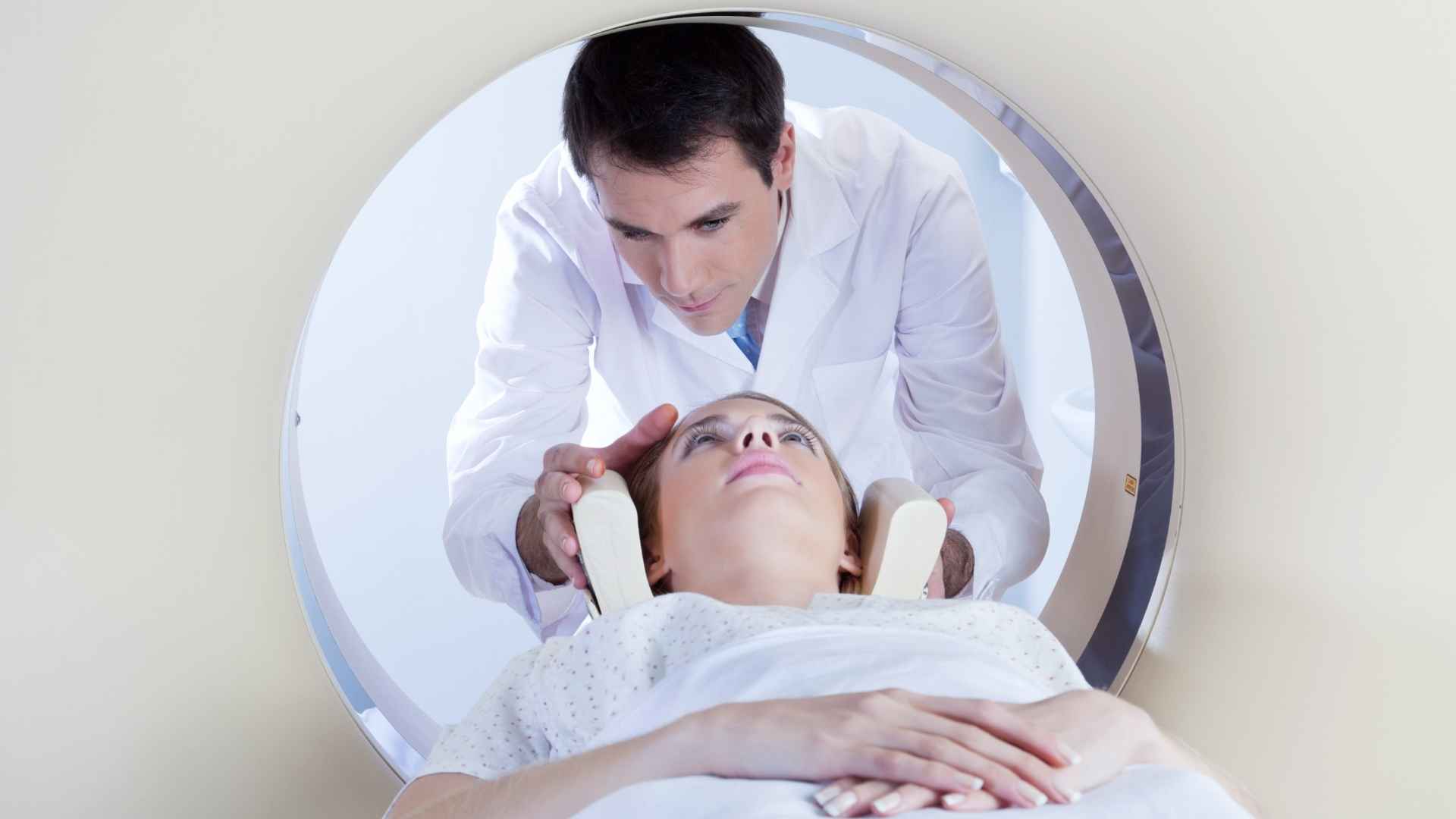Under the limelight of medical innovation, where cutting-edge technologies are transforming patient care, lies a cornerstone of healthcare: medical device testing.
This largely unsung hero works tirelessly behind the scenes, ensuring the safety, precision, and efficacy of medical devices that health practitioners rely on. Without rigorous testing, we run the risk of utilizing unreliable or inappropriate devices, posing potential threats to patient safety. Further compounding the matter is the swift pace of medical technological advancements, making meticulous and comprehensive testing all the more crucial. This article, therefore, delves into an essential yet often overlooked aspect of medical science: the realm of medical device testing. As the old adage goes, "Trust, but verify!" In the medical field, this couldn't be more pertinent – the guardianship of patient welfare truly begins in the testing laboratories.
The medical field has seen rapid advancements in technology, leading to the development of diverse and complex medical devices. The role these devices play is crucial, as they aid in the diagnosis, monitoring, and treatment of various health conditions. As such, the testing of these devices becomes a matter of utmost importance, calling for thoroughness and rigidity to ensure their safety, accuracy, and effectiveness.
An undependable or inadequately tested medical device can expose patients to serious health risks, thus making the investment in proper testing imperative in the overall healthcare process. This article thus discusses the intricacies of medical device testing, the methods used, and the results obtained, with a focus on Israel, thereby emphasizing the integral role it plays in preventing harm to patients and improving health outcomes.
Methods
medical device testing involves a stringent, ethically governed process. It employs several robust methods to ensure the safety and performance of medical devices before reaching the end-users. These testing methods can be broadly categorized into three primary stages: pre-clinical testing, clinical trials, and post-market surveillance.
Pre-clinical Testing
In the pre-clinical testing stage, the device is subjected to rigorous laboratory tests. These tests identify potential risks, interactions with other devices, and ensure compatibility with the human body. In this stage, biomedical engineers play a significant role in carefully examining and testing the device under various conditions.
Clinical Trials
The clinical trial stage brings the device into direct contact with human subjects under closely monitored conditions. These trials are meticulously designed to evaluate the safety, efficiency, and potential side effects of the device.
Post-market Surveillance
Post-market surveillance helps monitor device performance after it is available commercially. This continual monitoring system helps identify any adverse effects that may only become apparent after long-term use. Through post-market surveillance, officials can take necessary corrective actions promptly, preserving patients' safety.
Results
The results of medical device testing have manifested in various advancements that amplify the precision, efficacy, and overall patient safety in the medical field. These outcomes serve as cogent evidence of the lengthy and stringent testing processes’ impact.
One spectacular breakthrough is the development of smart inhalers which accurately track medication usage, leading to enhanced treatment of conditions like asthma. Another exciting innovation is robotic surgery systems, offering unparalleled precision and reducing the risk of infections post-surgery.
However, it is worth noting that device testing methods are not exempt from certain hurdles and limitations. For example, absence of compatibility with human tissues and adverse effects unnoticed during pre-clinical phases are some issues identified during testing. Nevertheless, medical device testing continues to yield critical insights and innovations, consistently reinforcing the caliber of healthcare in Israel and around the globe.
Conclusion
In essence, the significance of medical device testing cannot be downplayed considering its contribution to boosting patient safety and enhancing healthcare outcomes. As established earlier, the thorough and meticulous methods of pre-clinical testing, clinical trials, and post-market surveillance provide a safety net that protects the patient from harm and ensures the effectiveness of medical devices.
It is imperative to appreciate the ongoing R&D initiatives in the realm of medical device technology which help drive the healthcare sector forward through breakthrough discoveries and innovative advancements. Regardless of the challenges encountered during the testing phase, the positive outcomes remain paramount. Hence, these findings necessitate the need for continued investment in medical device testing.
To wrap up, healthcare professionals and researchers must prioritize patient well-being and stay updated about the fast-evolving world of medical device testing in Israel and globally. Remember, the safety of patients is inextricably linked to the quality of these devices.
